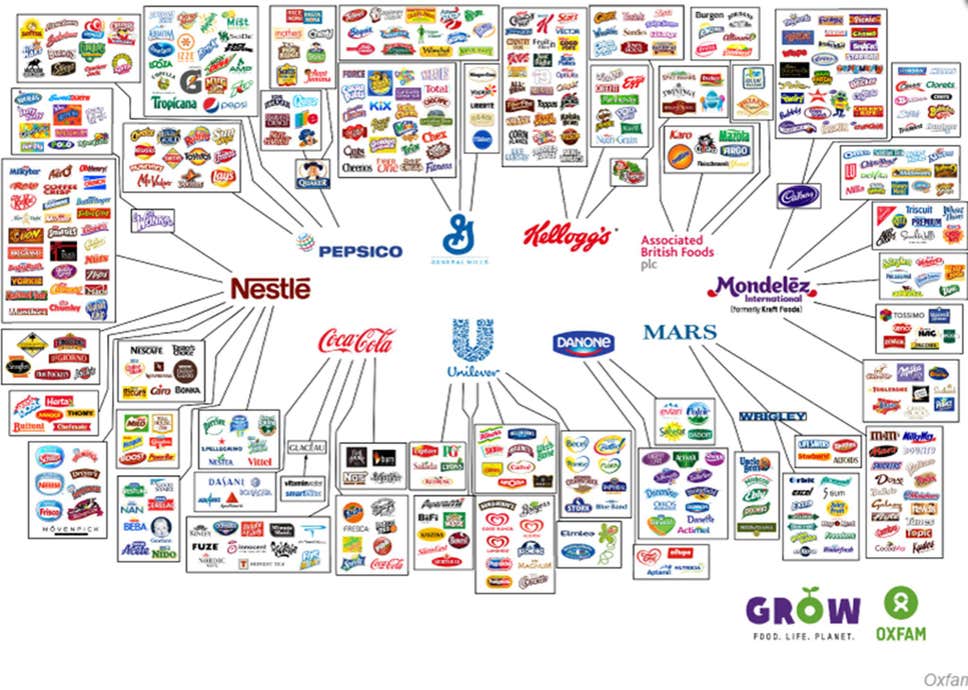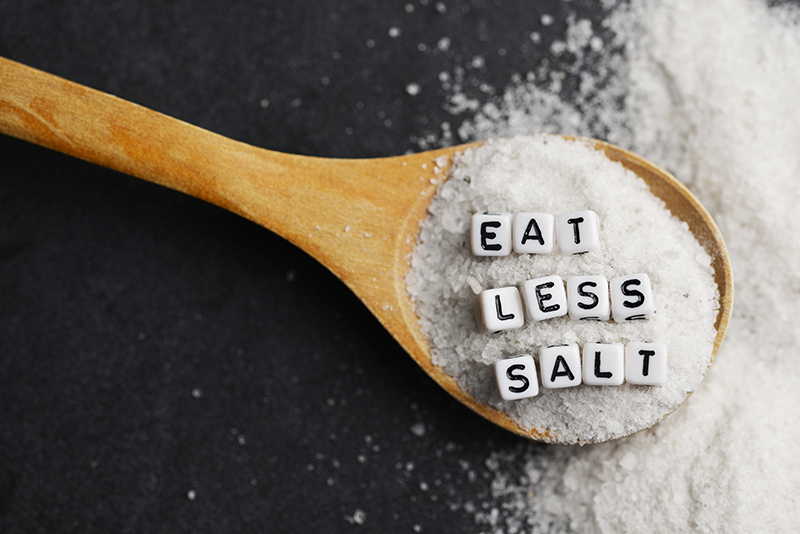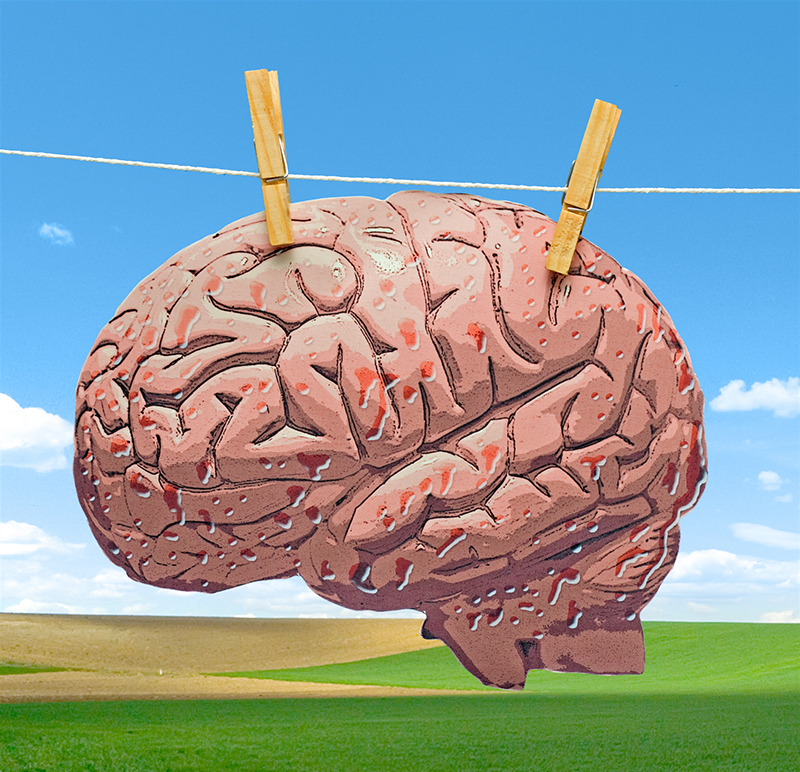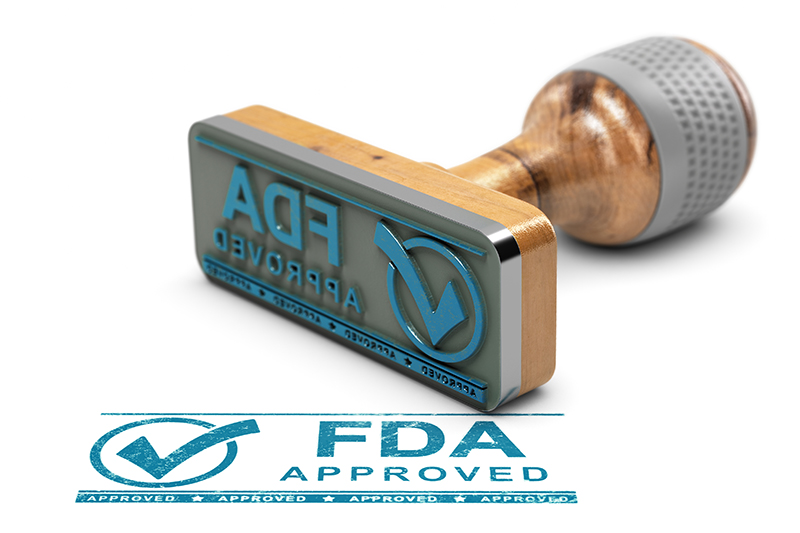We posed that question to our Facebook readers in July, and despite the fact that it’s known beyond a shadow of a doubt that MSG is a migraine trigger, and migraines are the most commonly-reported reactions to MSG, we were surprised at the immediate response and lengthy bouts of suffering reported.
Perhaps reading these postings will help if you, also, are the victim of migraines, or suffer other reactions after consuming foods containing MSG… even days afterwards.
For more information on MSG and headaches, check out this page at the Truth in Labeling Campaign website.
Debbie: Yes, depending on the food source and digestion time- anywhere from a few hours later to 48 hours later- I can wake up with the headache after eating some the day before.
Michael: When I first started having problems and trying to figure out what was going on it would often be 48 hours. That’s why I had such trouble identifying the problem back then. Now that I know the advanced warning signs it’s usually more like 12.
Jennifer: My symptoms used to start within seconds and lasted up to 4 months. Often the reaction hot worse and worse as time went on. I’ve been able to find treatment that has made me react less severely and not nearly as long. I absolutely would believe 48 hours.
Gürsel: Reading the labels and never buy, never consume. As far as it is not hidden in another ingredient. After I ate a sausage at a coffee shop I could not sleep because of tachycardia. Did anyone experienced this?
Mike: Yes. I have had Chinese restaurant syndrome symptoms as long as four days. I have found that inorganic compounds, sodium acids such as preservatives like sodium acid pyrophosphate and sodium benzoate, really push me towards metabolic acidosis. The time symptoms lasted four days it was a food I had that contained multiple sources of MSG and multiple preservatives. I’m making an educated guess in saying that MSG is dose dependent.
Gaynor: Mike, same here. It’s MSG plus a combination of added chemicals and preservatives. Chinese restaurant food or any chemical laden processed food makes my body retain so much fluid that the swelling is very noticeable. Maybe this is also acidosis.
Laurie: For those like me who get migraines that can last up to 3 days… usually they hit me at 4am when the liver does its thing, while the night before I’ve ingested some form of a Freed glutamate which is what MSG is in FULL FORCE 100%… Many of you know that there exist several other ingredients in the food supply that contain freed glutamates… To avoid them and AVOID the side effects~~>migraines/headaches/gastro-intestinal distress download the NxtNutrio Healthy Pantry App, turn MSG to On in your profile… and go ahead and scan the barcode… You will learn of all of the ingredients that fall under the msg umbrella and so much more…, but more importantly be headache free for months… 😉
Cathy: Yes! About 48 hours after ingestion, then horrible migraines lasting up to 72 hours. Then feeling like I had been hit by a train for another couple of days.
Chettle: yes me … two or three day headaches are common for me when I eat garbage that’s full of msg 🙁 you’d think I’d learn hey … the worst part is feeling like a truck ran me over and that I’ve been poisoned during the night uughh
Judy: I do! They can start anywhere from when I’m eating up to 48 hrs later. I get a lot of symptoms/side effects.
Vee: I experience chronic sneezing like back to back sneezing within hours after eating a fake cheese brand years back. Didn’t know that was a symptom of MSG poisoning until looking it up.
Stacey: My symptoms usually become apparent around 48 hours.
Sarah: Mine are actually 72 hours later. That’s why it was hard to figure out. Once I did it was like clockwork.
Virginie: YES after 20 minutes after ingesting some in prepared food
Sho: YES!!! But no problems since I went all fresh, organic.
Cheryl: Yes! And I get racing heart rate too.
Kim: I thought I was the only one.
Carol: I have within hours. It’s poison to me.
Topaz: My symptoms can start up to 72 hours
Tina: Absolutely!!!
Richard: seizures for me
Ambar: Yup… aurora migraines.
Vince: Yes…. all the time
Andrea: Yes. Within hours
Jodi: YES.
Dee: Yep…..
Louise: Yes!
If you have questions or comments, we’d love to hear from you. If you have hints for others on how to avoid exposure to MfG, send them along, too, and we’ll put them up on Facebook. Or you can reach us at questionsaboutmsg@gmail.com and follow us on Twitter @truthlabeling.











